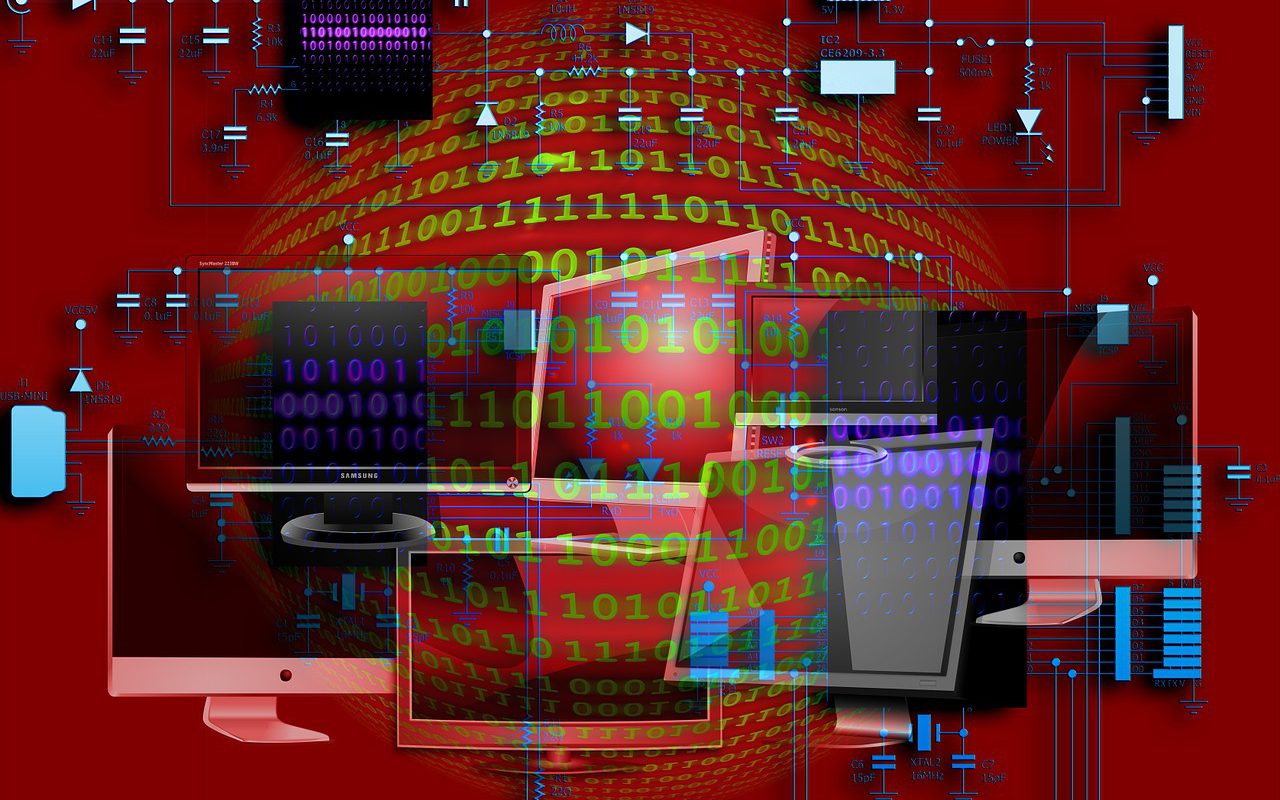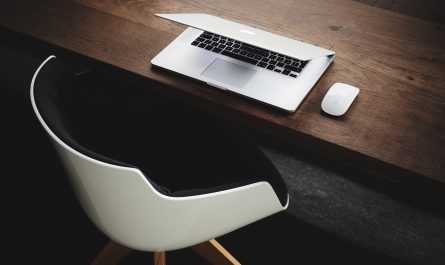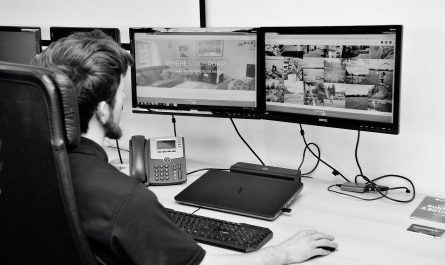I’ve always been interested a bit in AI and the technological progress it brings with it. Machine learning is slowly improving many industries and aspects of our lives, like agriculture and healthcare, for example. But what about the entertainment it brings? People often rely on AI for fun (think: VR video games for example), but even with or without AI, it is a known fact that we all like to browse the web in our free time. Some like to spend their free time by using jackpotcity bonus code, while others like to spend their free time by practicing their graphic design online. And while being online, people can also stumble upon various information about how AI affects certain industries, right? For today’s article, I decided to focus on the ways AI actually influences graphic design – so if you want to find out something more about it, read on.
Creativity and Engineering
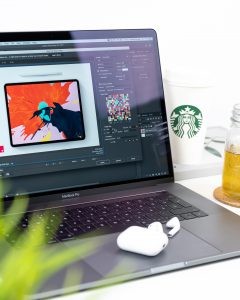
Web designers have to deal with many issues and often employ engineering solutions to problems. There is a ton of repetitive and irksome tasks that have to be done on a regular basis (like backup, for example) that take up too much of our time and energy to focus on what’s important. AI is likely going to be able to significantly lighten the load. After all, handling repetitive tasks is what machines excel at.
What about the creative side, though? Surely a machine that is learning about patterns will not be able to create art, right? This issue may be a bit complex. I don’t think people are going to invest in designs by machines for a while, though with proper recognition of certain principles, AI could assist with ideas and compositions based on the designer’s style. Alternatively, it could provide very basic designs while allowing the designer to focus on heavy-duty creativity and final product.
Smart Assistants
If we take a look at fields like VR and AR, there are plenty of tiny problems that need to be addressed and circumvented. With AI as smart assistants, we could design games, videos, and campaigns better, faster, and more efficiently.
Improving Software
Let’s entertain the notion that Ai looks at how we use the designing software. It can analyze how much time each task takes on average, how a piece of software works and what needs improvement. The end result might be software that is more intuitive, faster, and possesses more capabilities, thus optimizing the designer’s performance.
Adobe
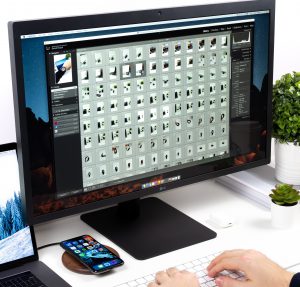
Some of Adobe’s products have become the staple tools of graphic and web design. It is small wonder, then, that they have developed an AI tool. Sensei makes intuitive changes to your design and projects based on how you handled previous ones. It simplifies selecting and modifying objects in Photoshop, as well as performing minor edits in Lightroom.
Furthermore, Sensei hooks up to Adobe Experience Cloud to see what the customers typically ask for and helps you prepare accordingly. It also finds documents easily in the Document Cloud and fills the form in a blink of an eye. Just imagine all of the time saved in this way.
Job Market
With the productivity on the rise and being able to do more in a short amount of time, there is a bit of concern that AI could jeopardize the relative and fickle job security of freelance designers. Will this also be one of the professions that suffer from automation? Perhaps. It is also possible that the tasks are going to be done so efficiently that the companies are going to need fewer designers for their projects.
On the other hand, this could also be a mere exaggeration. AI is a useful tool, one of many that the designers rely on and there is still plenty of work to go around. I don’t think the job market is going to go through a dramatic shift in the following years, but that’s just me.

